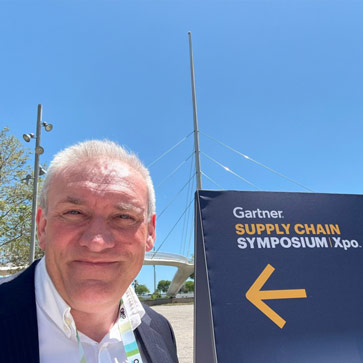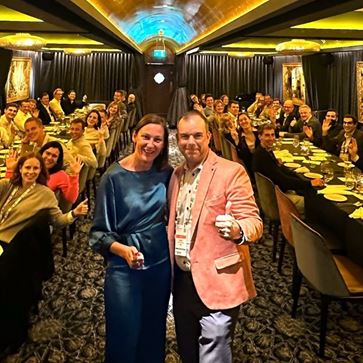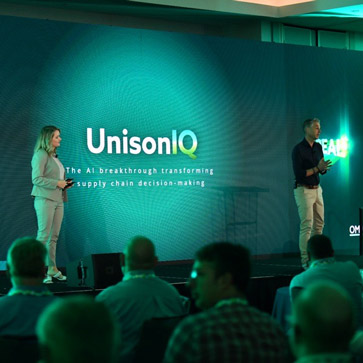
Profound insights, an unforgettable customer dinner and a broken-down bus made for a magical Gartner Symposium
Bryan Garland and Chris Singerman - May 22, 2024
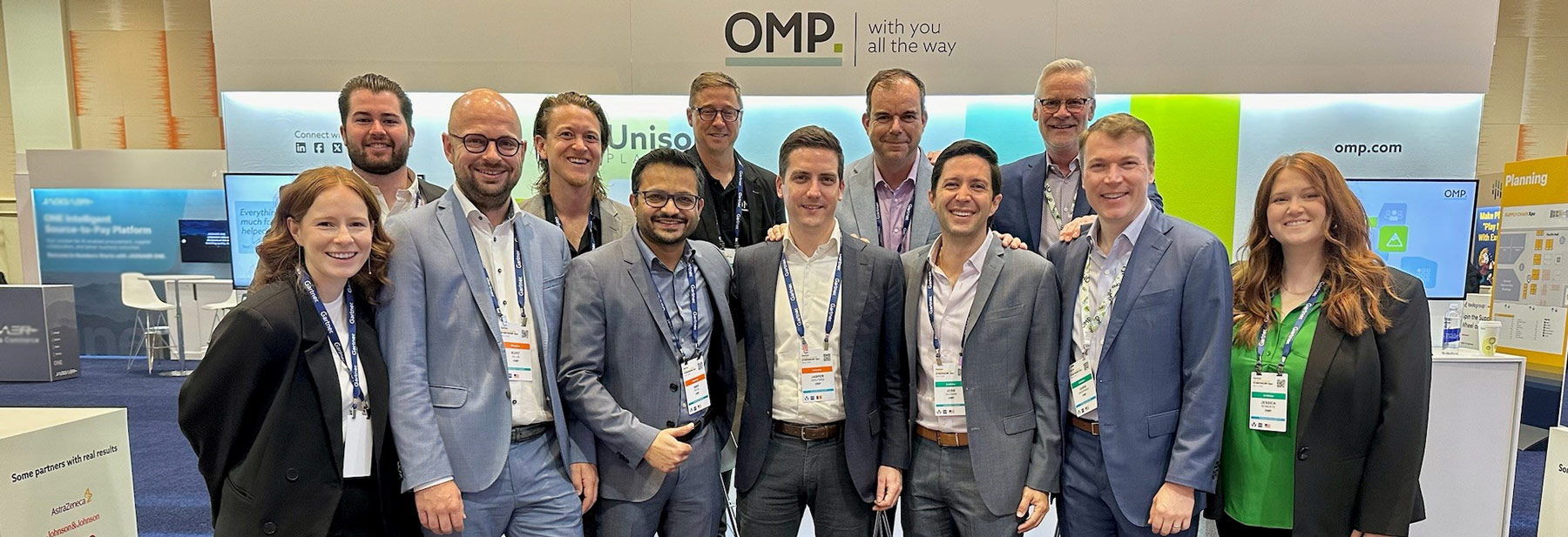
In the sunny oasis at a Disney hotel in Orlando, Florida, over 4000 supply chain professionals gathered for the annual Gartner Supply Chain Symposium/Xpo. Hot topics like ‘antifragility’ and ‘autonomous planning’ took center stage in an overwhelmingly rich three-day program of presentations. Very often, the vibrant atmosphere of the conference bar was where the real magic happened: ideas flowed freely, new connections were made, and innovation sparked. Here’s an account of the most striking moments through the lenses of a savvy Gartner veteran, Bryan, and curious rookie, Chris. And then there’s this bizarre story of a broken-down bus.
This conference is huge, a kind of Davos Forum for the world’s supply chain leaders. It can be challenging for rookies to navigate the breadth and depth of information shared and come out less confused than they were before. But Bryan pointed out the most relevant sessions to follow and individuals to meet, and that allows us to give you a kind of ‘Gartner essentials’ summary.
A world growing more unstable every day
Brilliant minds of Gartner researchers, advisors, and experts serve as forward-looking guides. Throughout the sessions, Gartner’s vision in the evolution towards antifragility and autonomous planning became clear. It’s on display against the background of a world growing more unstable every day. Ian Bremmer, President and Founder of Eurasia Group, said that supply chains are going to be very different as they face the challenge of new geopolitical inputs that will effectively act as taxes. He sees a geopolitical recession forthcoming:
“The balance of power changes but the rules of international law are sticky. When the gap becomes too big and increasingly powerful countries no longer align with the rules, it starts to break.”
Creating more value in the prolonged VUCA environment
In this troubling context of a prolonged VUCA environment, Gartner’s Tom Enright encouraged supply chain leaders to create opportunity from uncertainty, instead of suffering from disruption or just guarding against it. He actually summarized the essence of antifragility very well when he said:
“Shift production, supply, and operations in such a way that more value will be created.”
It means that companies need to embrace change, diversify skills, collaborate more and manage risks in a more proactive manner. To make the transformation a success, companies should improve their processes, making them easier to understand and execute.
Examples from Siemens and Microsoft
Blog post
How does that materialize? Gartner’s John Dixon referred to companies like Siemens, JD.COM, and Microsoft. He discussed Siemens’ experiments with a digital supply chain twin to improve delivery times and grow their business. What’s more, the experiments allow Siemens to identify opportunities in the marketplace earlier than other companies, and derive advantage from it.
Microsoft’s successful reaction to the ChatGPT revolution is another example of antifragility. While the pioneering Gen AI systems quickly became victims of their own success, Microsoft was able to take the lead because investing in flexibility allowed them to scale fast. And this investment was driven by probabilistic analysis rather than traditional target-setting.
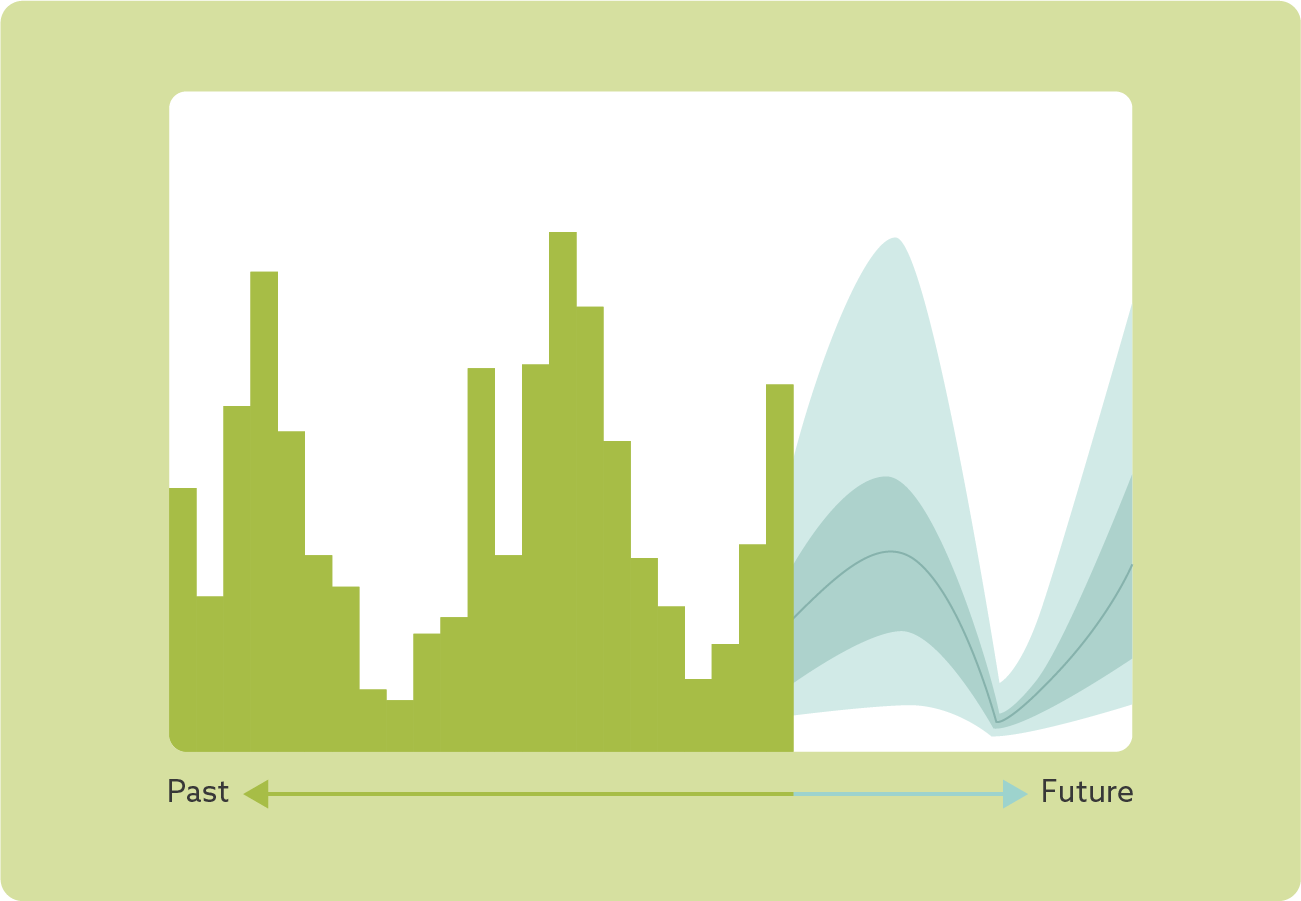
Blog post
The need for touchless planning
While that’s how the future is portrayed, the late night discussions at the conference bar clearly revealed that companies are still struggling with the prospect. It’s already a big challenge to make supply chains more agile and resilient while growing more sustainable too. How then should companies take the leap to antifragility?
A Gartner CEO survey indicates growing alignment: some level of touchless planning will be needed to achieve faster, more accurate and consistent decision-making in real time. A significant part of any business’s demand will soon be generated by machines. It’s a revolution in the making that will affect all of us, like it or not.
That’s why Gartner VP Analyst Pierfrancesco Manenti made a plea for starting to develop an AI-enabled autonomous supply chain now. He believes that the supply chain of the future is a smart, self-healing network. Or as Sven Markert of Siemens put it:
“In 10 to 15 years, the supply chain will be an intelligent network of machines, people, and systems. It will be self-healing, reducing manual touchpoints and human interference, which the customer will be less willing to pay for.”
Building resiliency and unlocking hidden value
Blog post

This does not happen overnight. According to the Gartner hype cycle, Gen AI is five to ten years away from becoming mainstream. More than ten years will be needed before artificial intelligence is adopted by most companies. Manenti encouraged companies to anticipate and create a next-generation road map by investing in machine learning (ML) and piloting Gen AI solutions.
That’s what we at OMP are doing in co-creation projects with customers General Mills and Bayer. At the conference, companies like AstraZeneca, Sanofi and Cisco explained how they are deploying planning intelligence and looking for ML and AI solutions for an end-to-end digital supply chain twin to build resilience, enhance productivity and unlock hidden value.
Blog post
Kraft Heinz taking the lead
Blog post
Consumer goods giant Kraft Heinz is already taking it a step further. Head of Digital Supply Chain Transformation & Strategy Adis Sulejmanović presented the company’s journey to autonomous planning for their portfolio of over 6000 products made and delivered through a complex network of 31 factories and 62 warehouses across the United States. Key ingredients of their vision include a clear data strategy, excellent processes, a hyper-connected eco-system, addressing the root cause of issues, and cross-functional collaboration based on near real-time insights.
Yes, Kraft Heinz are determined to create a self-driving supply chain that is scalable and future-proof.
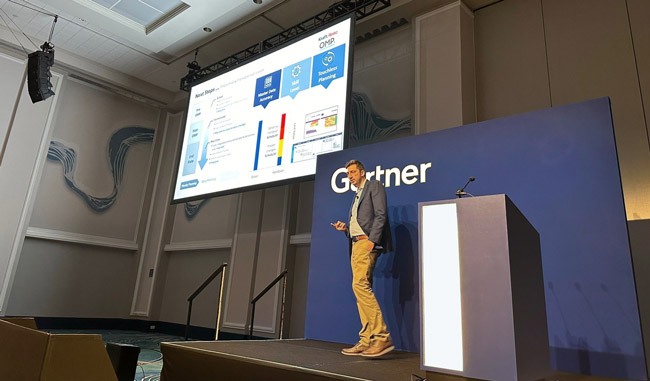
Blog post
Inspired to dream big and act fast
It was a most inspiring session. Yet as a supply chain professional, perhaps the value of being at a Gartner conference is not only the session content, but the immense networking and experience sharing that happens around the event. Whether you’re a rookie like Chris or a savvy veteran like Bryan, the conference inspires you to dream big and act fast. Supply chain transformation ultimately comes down to people collaborating to turn vision into action. Adis Sulejmanović even underlined the importance of cross-company collaboration:
“You don’t have to do it alone! Be sure to engage in strategic partnerships that can help you accelerate your transformation.”
An inconvenience turns into a positive outcome
Blog post
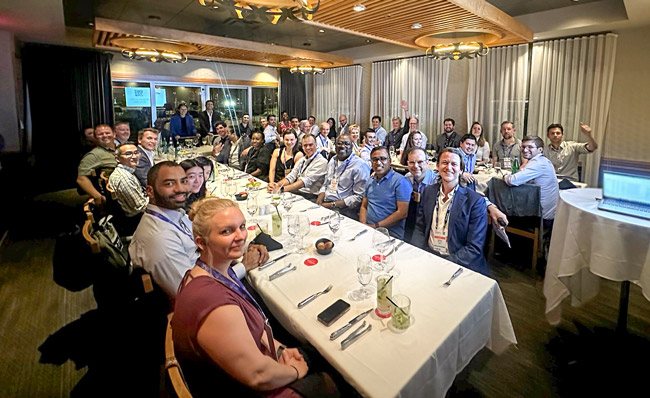
Cross-company collaboration, that’s our game! This was exactly the idea behind the networking dinner OMP organized during the conference, bringing together supply chain professionals drawn from among customers, prospects, and alliance partners. Funny though, the bus taking us to the Brazilian steak house broke down halfway there, forcing the entire party to transfer to another vehicle. Everyone took it with a smile, and their average 4.8/5 rating for the restaurant tells us the small inconvenience turned into a positive outcome. Is this an example of antifragility and or resilience?
Blog post

Bryan Garland
Business Development Manager at OMP USA
Biography
With more than ten years in supply chain management, Bryan has built in-depth experience in digital supply chain planning transformation across a number of industries. As part of OMP’s Advisory team, he helps companies worldwide to understand the bigger picture, identify value areas, and gain insights to improve their planning processes.
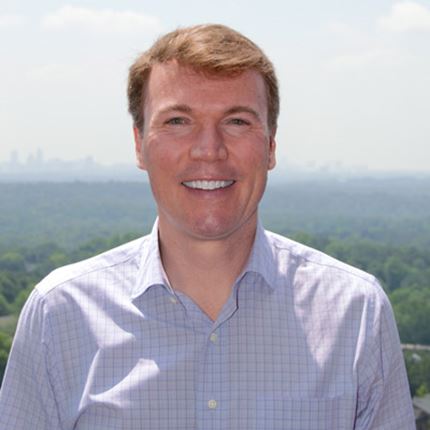
Chris Singerman
Commercial Alliance Manager at OMP USA
Biography
For over a decade, Chris has been leveraging strategic partnerships to help companies drive revenue. He leads OMP's global commercial alliance program, overseeing our go-to-market strategy, partner relations, and enablement. His passion for building mutually beneficial partnerships has quickly made him a key contributor to OMP's commercial team, consistently reinforcing our 1+1=3 approach to our growing partner ecosystem.